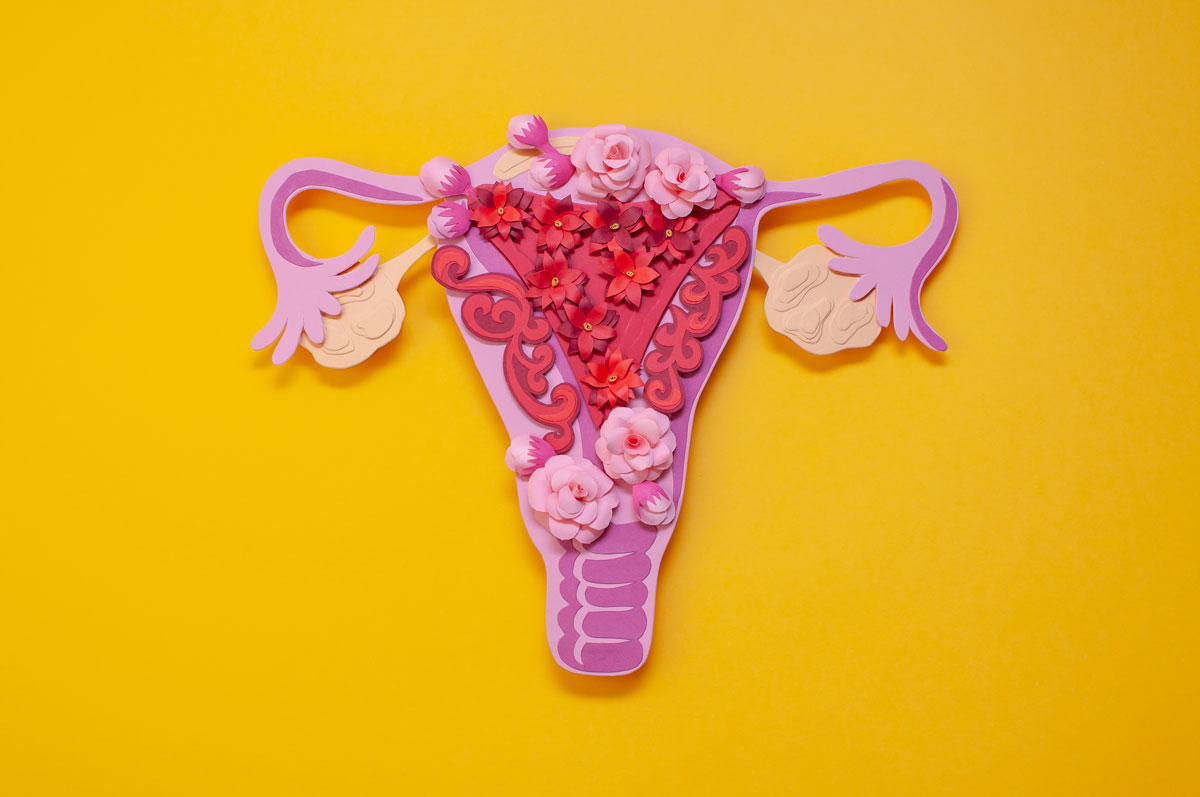 Endometriosis is defined as the presence of endometrial-like tissue outside the uterus, which induces a chronic, inflammatory reaction. The prevalence ranges from 2-10% within the general female population but up to 50% in infertile women.
Endometriosis is defined as the presence of endometrial-like tissue outside the uterus, which induces a chronic, inflammatory reaction. The prevalence ranges from 2-10% within the general female population but up to 50% in infertile women.
Symptoms include infertility and cyclical and non-cyclical pelvic pain, dysmenorrhoea, dyspareunia, dysuria and dyschezia. It is generally accepted that no correlation exists between the severity of such pain symptoms and the extent of disease. Since there is currently no cure, treatment focuses on reducing endometriosis-associated pain and improving fertility requiring a multidisciplinary approach.

As a chronic disease, endometriosis requires a lifelong management plan that maximises medical treatment and avoids repeat surgical intervention. For women with pain from presumed endometriosis, empiric medical therapy with NSAIDs and hormonal suppression with combined hormonal contraceptives or progestogens is an acceptable strategy because these treatments are low risk.
In known endometriosis associated pain, clinicians are recommended to prescribe hormonal treatment as it reduces endometriosis-associated pain. The options include continuous use of hormonal contraceptives, Mirena IUS, progestogens, or anti-progestogens. Women who wish to conceive can use the NSAIDs alone.
For women with severe symptoms not responding to the above therapies, a trial of gonadotropin-releasing hormone (GnRH) analogue with add-back hormonal therapy is recommended. Where deep endometriosis pain is refractory to other medical or surgical treatment, consider prescribing aromatase inhibitors in combination with oral contraceptive pills, progestogens, or GnRH analogue.
Long-term pain management is complex and early involvement of a multidisciplinary team including pain specialist, physiotherapist and psychologist with relevant expertise is crucial.
Surgical Treatment
When endometriosis is identified at laparoscopy, surgical treatment is recommended, as this is effective for reducing endometriosis-associated pain.
In symptomatic or expanding endometriomas, laparoscopic cystectomy is recommended. For asymptomatic or small (≤5 cm) endometriomas, the lesions are left in place because surgical excision can decrease ovarian reserve. Medical therapy does not treat endometriomas.
For women with bothersome symptoms suggestive of deep endometriosis or extra-pelvic lesions, medical therapy with hormonal suppression is appropriate. Surgery is indicated for women with ureteral or bowel obstruction or women whose symptoms do not improve with medical management.
Women with suspected or diagnosed deep endometriosis should be referred to a centre of expertise offering all available treatments in a multidisciplinary context.
Treating Infertility
Couples presenting with infertility should complete evaluation for contributing male and female factors followed by an assessment for the need for primary laparoscopic surgery. Address potentially treatable infertility factors first. Medical treatment with hormonal suppression is ineffective in the management of infertility.
Women with infertility and symptoms suggestive of endometriosis, who have not had primary surgical treatment, are candidates for primary operative laparoscopy. Primary operative treatment is associated with improved pregnancy rates in women with stage I/II disease and reduced pain symptoms compared with diagnostic laparoscopy alone.
Repeat surgery does not improve fertility. For women with endometriosis who have no symptoms other than infertility, surgical treatment to improve fertility is not indicated.
Women with infertility and an asymptomatic endometrioma typically proceed with Assisted Reproductive Technology (ART). Surgical removal is indicated for large endometrioma (>5cm) that is limiting oocyte retrieval during ART or is symptomatic. Ovarian surgery to remove the endometrioma can reduce ovarian reserve as assessed by anti-Mullerian hormone (AMH) levels.
Women with minimal to mild endometriosis (Stage I/II), under age 35 years can be offered a trial of natural conception or continued infertility treatment with ovulation induction and intrauterine insemination (IUI). Those with advanced endometriosis (Stage III/IV) or over age 35 years of age with Stage I/II endometriosis are suggested to proceed directly with ART.
Women with non-reversible infertility factors (e.g., significant male factor component, decreased ovarian reserve) are recommended to proceed directly with ART. The impact of endometriosis on ART outcomes is variable. Mild endometriosis (i.e., Stage I/II disease) does not appear to negatively impact ART results in contrast to Stage III/IV disease.
Key messages
- Endometriosis is common and more so in infertile women
- Primary surgical treatment improves pregnancy rates in stage I/II endometriosis, but ART has a major role
- Early involvement of a multidisciplinary team is crucial to avoid repeat surgery.
References available on request.
Questions? Contact the editor.
Author competing interests: None to disclose.
Disclaimer: Please note, this website is not a substitute for independent professional advice. Nothing contained in this website is intended to be used as medical advice and it is not intended to be used to diagnose, treat, cure or prevent any disease, nor should it be used for therapeutic purposes or as a substitute for your own health professional’s advice. Opinions expressed at this website do not necessarily reflect those of Medical Forum magazine. Medical Forum makes no warranties about any of the content of this website, nor any representations or undertakings about any content of any other website referred to, or accessible, through this website.

